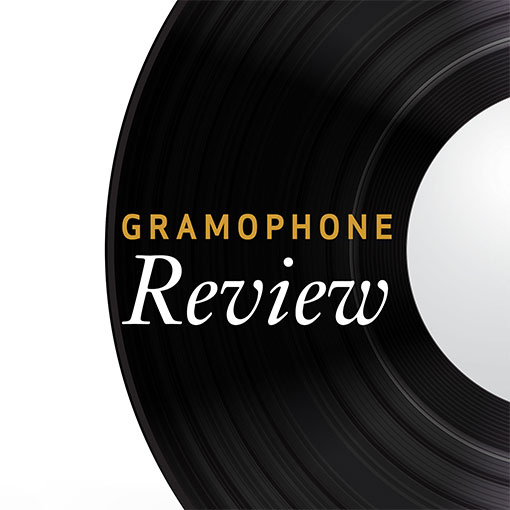Harry Roy-The King of Hot-Cha
View record and artist detailsRecord and Artist Details
Label: Vocalion
Magazine Review Date: 3/1998
Media Format: CD or Download
Media Runtime: 71
Catalogue Number: CDEA6001

Label: Living Era
Magazine Review Date: 3/1998
Media Format: CD or Download
Media Runtime: 72
Catalogue Number: CDAJA5225

Author:
Like many British dance musicians of his generation (he was born in 1900), Harry Roy heard the Original Dixieland Jazz Band in person as a teenager, and the experience determined the course of his life. The joviality, exuberance and general tendency to high-jinks and hokum that characterized the ODJB seem to have appealed especially to him. His band was always noted for its relatively unbuttoned approach, even in the snootiest of West End environments.
It was particularly good at a kind of latter-day ragtime and had a large repertoire of pieces like Maple leaf rag and King Porter stomp, as well as many specially composed numbers in the same idiom. Roy himself was a very decent Dixie clarinettist and at various times during the 1930s his band contained some of the best ‘hot men’ of the day, including Nat Temple, Tommy Porter, Joe Daniels and the young Ray Ellington. Roy’s other strong point was his band-within-a-band, the Tiger-Ragamuffins. Essentially this was the band’s rhythm section, which unusually boasted two pianists. The first pair were Ivor Moreton and Dave Kaye, who went on to become a popular self-contained variety act. They were followed by the somewhat jazzier Stanley Black and Norman White – appropriate names for a couple of keyboard players.
Each of these two CDs contains 23 tracks, and there are quite a few overlaps. The Vocalion has rather more of the Tiger-Ragamuffins and the ASV has more of the ragtime numbers. Both, naturally, contain the famous recording ofWhere did Robinson Crusoe go with Friday on a Saturday night?, with Ellington scatting away furiously and coming on like a combination of Fats Waller and Slim Gaillard. '
It was particularly good at a kind of latter-day ragtime and had a large repertoire of pieces like Maple leaf rag and King Porter stomp, as well as many specially composed numbers in the same idiom. Roy himself was a very decent Dixie clarinettist and at various times during the 1930s his band contained some of the best ‘hot men’ of the day, including Nat Temple, Tommy Porter, Joe Daniels and the young Ray Ellington. Roy’s other strong point was his band-within-a-band, the Tiger-Ragamuffins. Essentially this was the band’s rhythm section, which unusually boasted two pianists. The first pair were Ivor Moreton and Dave Kaye, who went on to become a popular self-contained variety act. They were followed by the somewhat jazzier Stanley Black and Norman White – appropriate names for a couple of keyboard players.
Each of these two CDs contains 23 tracks, and there are quite a few overlaps. The Vocalion has rather more of the Tiger-Ragamuffins and the ASV has more of the ragtime numbers. Both, naturally, contain the famous recording of
Discover the world's largest classical music catalogue with Presto Music.

Gramophone Digital Club
- Digital Edition
- Digital Archive
- Reviews Database
- Full website access
From £8.75 / month
Subscribe
Gramophone Full Club
- Print Edition
- Digital Edition
- Digital Archive
- Reviews Database
- Full website access
From £11.00 / month
Subscribe
If you are a library, university or other organisation that would be interested in an institutional subscription to Gramophone please click here for further information.





